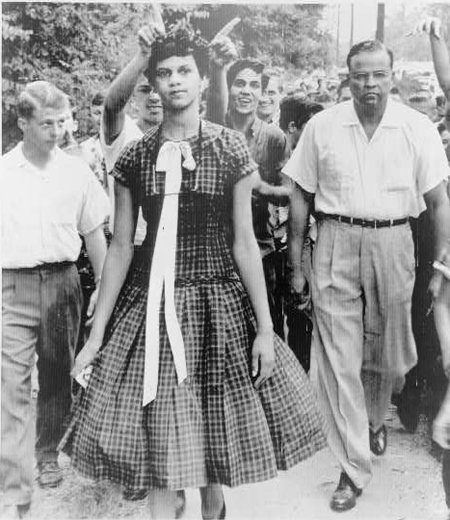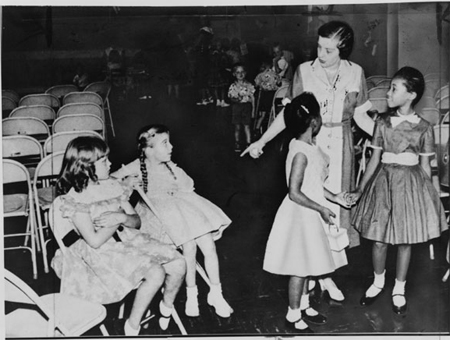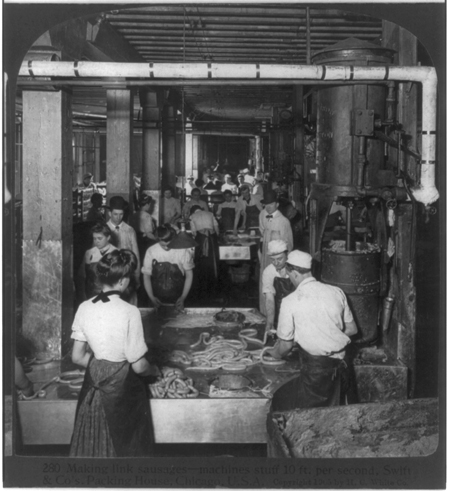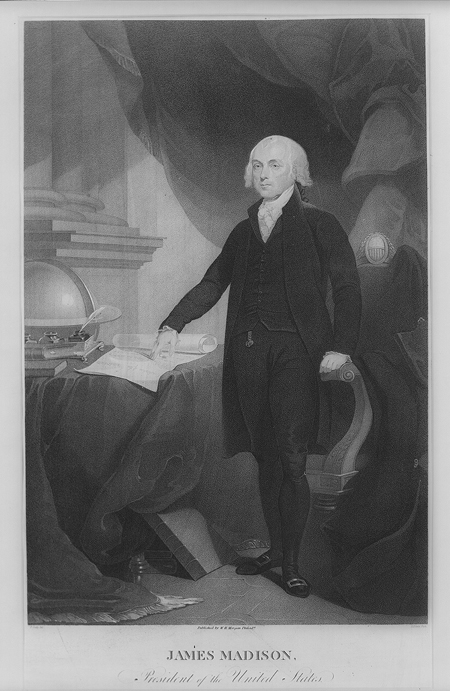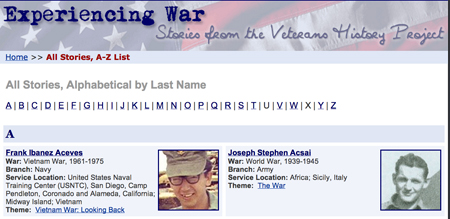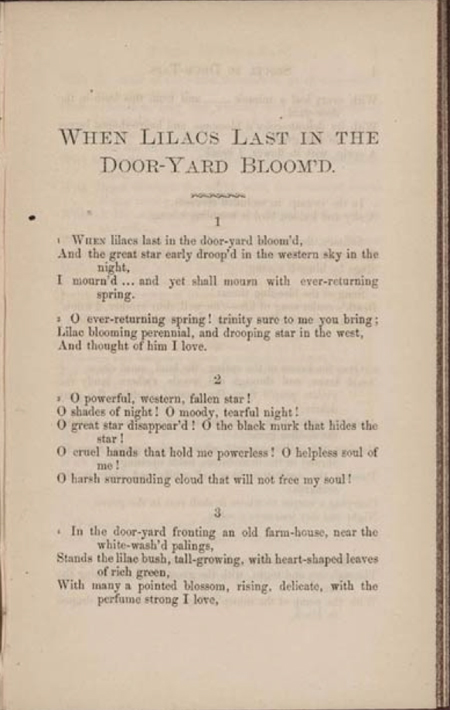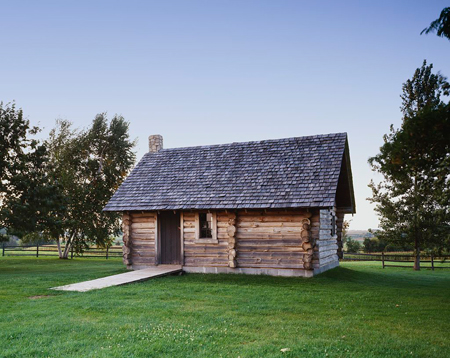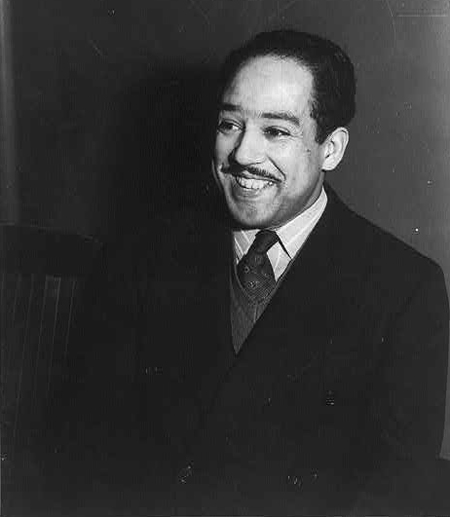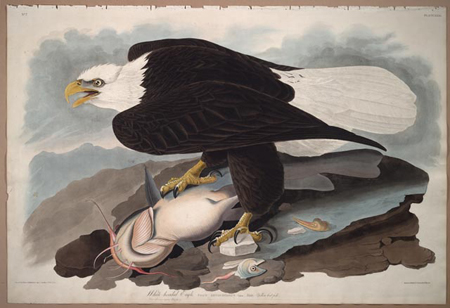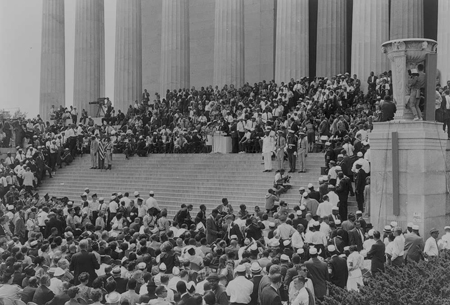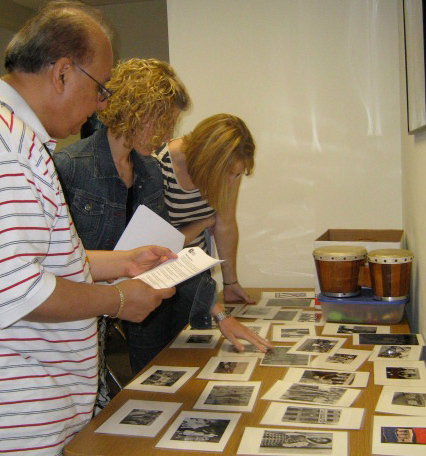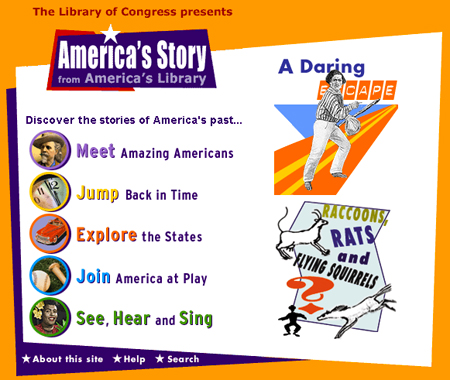Connecting to the Common Core: Image Questions & Responses
Questioning & the Common Core State Standards The Common Core State Standards (CCSS) for Reading emphasize teaching students to become active questioners beginning in kindergarten. RL/RI.K.1. With prompting and support, ask and answer questions about key details in a text. RL/RI.1.1. Ask and answer questions about key details in a text. RL/RI.2.1. Ask and answer such questions…

